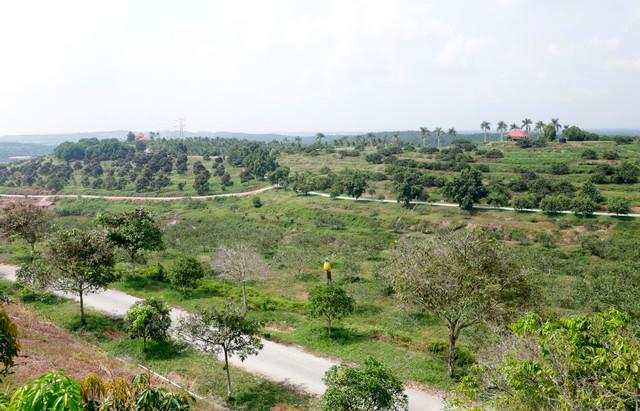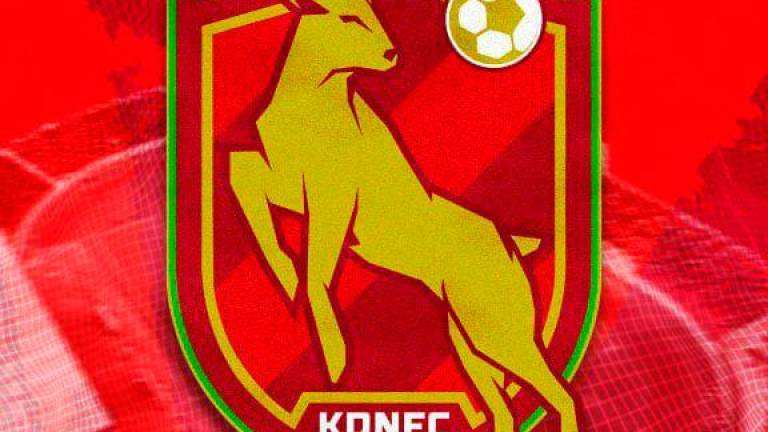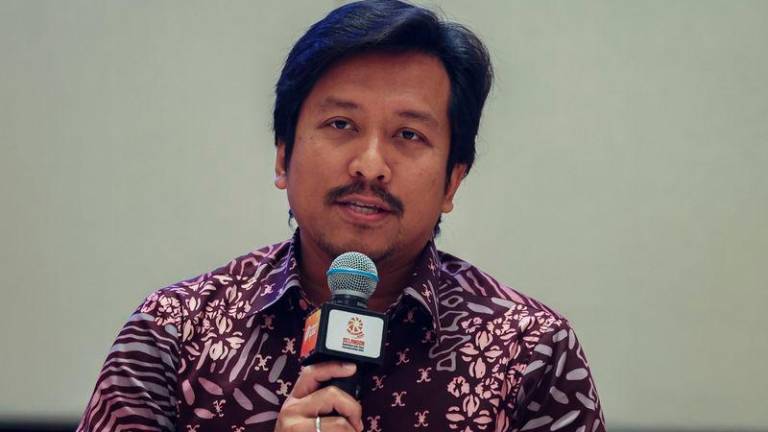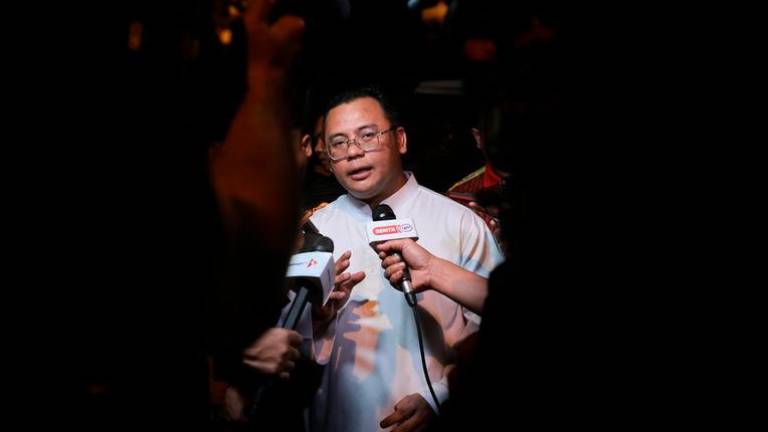IN its heyday, Rawang was one of the heartlands of the now defunct tin mining industry in Malaysia.
Rubber and oil palm plantations also featured prominently in the landscape around this satellite town not too far from Kuala Lumpur.
In 1894, Malaya’s first electric generator was installed in Rawang, mainly to serve the needs of British tin mining companies.
It was also the first town in Malaya to have street lights and a railway station (now demolished) with lamps and fans.
The town is home to the first cement factory in Malaya, Rawang Works, launched by the then Associated Pan Malayan Cement Company in 1953.
The plant was built on some land vacated by the tin mining industry, which had moved westwards to Batang Berjuntai.
Many Indian Malaysians of Malayalee descent worked at this cement plant.
The Malayalee community was so deeply rooted in this company that even the cement brand was nicknamed “Malayalee Cement”. But the Malayalees rendered assistance to people of all.
Rawang is one of the few towns in Malaysia with a Gurkha settlement. A Gurkha village is located on the outskirts of Rawang, its inhabitants mostly descendants of Gurkha military personnel whom the British brought in.
For those who once served in Rawang, nostalgia still overflows each time they visit this little town.
When I was transferred from Teluk Intan to Rawang in September 1986, it was still a sleepy hollow with only two main streets, Jalan Welman and Jalan Maxwell.
Back then, the town had only one bank, and a few merchandising outlets and a trickle of Chinese and Indian restaurants that dotted the streets.
The office where I worked, the Labour Department, and the adjacent courthouse - perched on a hill - are no longer a part of the town’s landscape. Missing too are the nearby playing field and library. I left Rawang in March 1991.
Fast forward more than 29 years later, and this hassle-free little township is today a hive of activity that is beyond recognition. Even crossing the road in Jalan Welman nowadays can often be challenging, a far cry from the 1980s when it was a breeze.
Even the route to the well-known St Jude’s Catholic Church, built in 1955, is now different. The architecture of the church may be the same, but the road to this church is no longer the one adjacent to the old police station. Now it passes near shophouses in the new mini-township.
A few industrial estates have sprouted in the area. Companies have moved their operations here because of Rawang’s pull factors: cost-competitiveness and the amenities required for their businesses.
Landed property is relatively inexpensive, but prices are rising with people from Kuala Lumpur buying property here.
New housing estates have been developed on former rubber and oil palm plantation land. With all this built development, the place bears little resemblance to the famed Rawang of old.
But some positive attributes have withstood the test of time: a friendly town still relatively inexpensive for personal and household items, and eating out.
Check out the prices for household items, foodstuffs, tailoring, spectacles and picture frames, and you will notice the vast difference compared with KL prices.
I now get my spectacles done, and shirts and pants tailored in Rawang for less than half the price in Bangsar. Tailors in Rawang do a good job, and they are more reasonably priced than in Bangsar.
The Indian mini-markets here sell a variety of Indian foodstuffs at much lower prices than in KL. My favourite bottled pickles cost a ringgit cheaper than similar retail outlets in Brickfields.
My friend and I make it a point to make the most out of every visit to Rawang, doing as much shopping for our needs as we can.
Our visit is not complete without a sumptuous lunch at a restaurant which is etched in Rawang’s history. The third-generation owner still sustains the culinary traditions of his father and grandfather before him.
Nowadays, I only drive to Rawang using the old road through Templar’s Park. Even the countryside here has been transformed.
In contrast to the 1980s, concrete development has taken its toll on the environment with the construction of residential property and highways, resulting in much less greenery – an ominous price to pay for this new milieu.
Upon reaching the fringes of the town, I see new buildings and business enterprises, including a supermarket, flank both sides of the road offering customers a variety of products and services.
About half a kilometre after the junction at Jalan Welman lies the new mini-township, home to a range of retail establishments serving the local community and nearby hamlets like Serendah, Bukit Beruntong and Batu Arang.
From a town which was once eclipsed by KL, Rawang has carved a niche for itself with its own identity. It has awakened from its slumber and is no longer bypassed or used as a mere stopover for people travelling up north.
Benedict Lopez was director, Mida Stockholm cum economic counsellor at the Embassy of Malaysia in Sweden. Comments: letters@thesundaily.com










